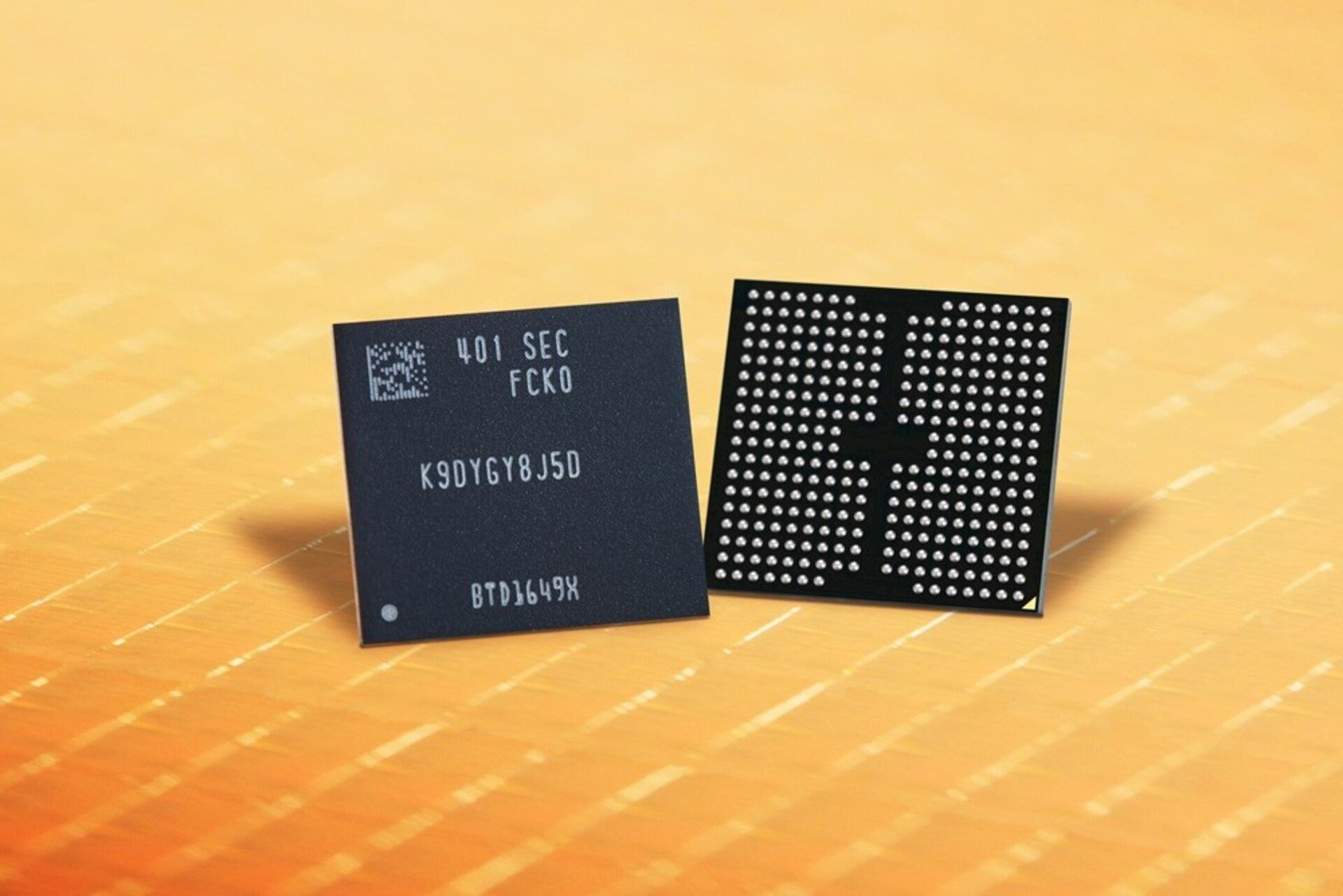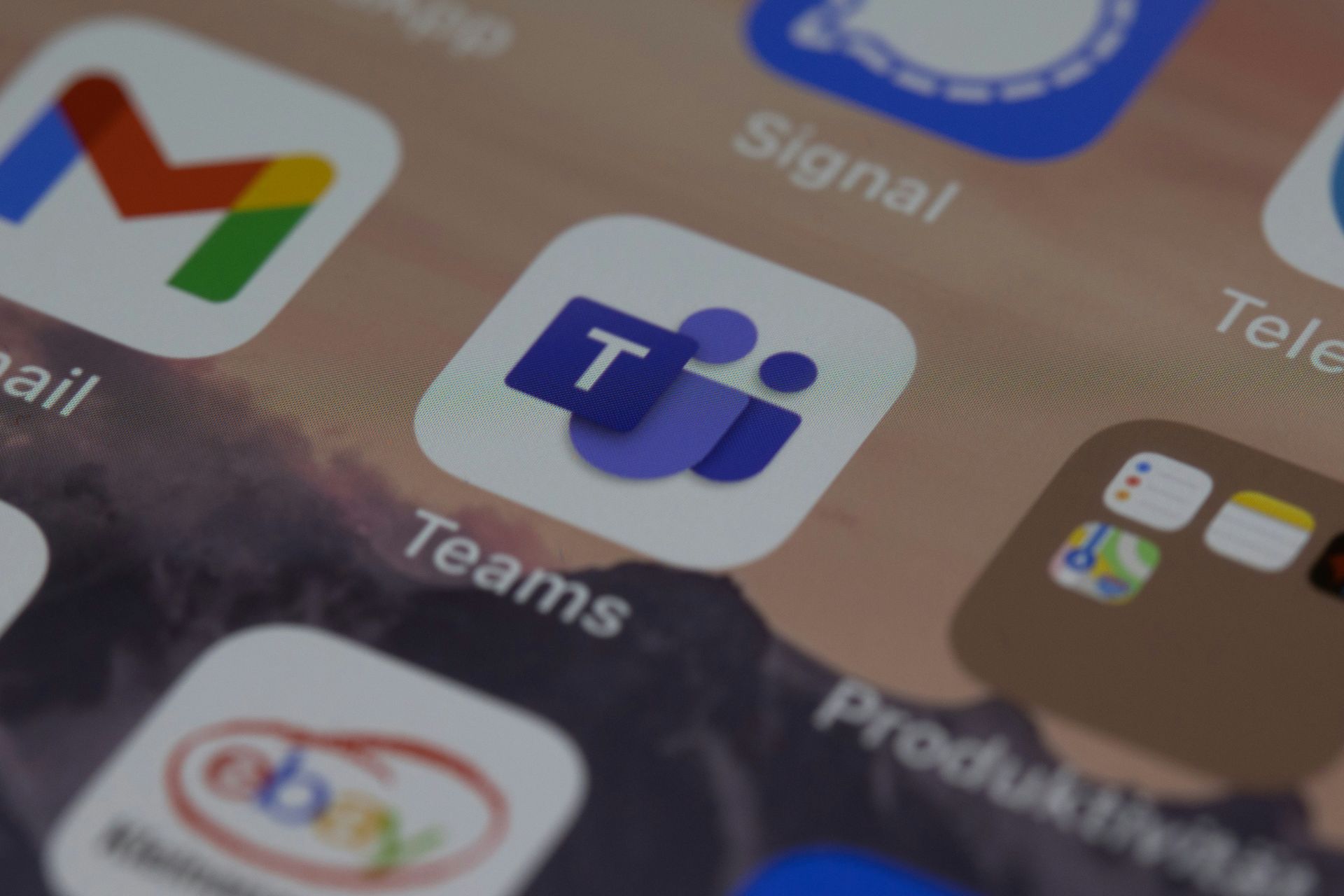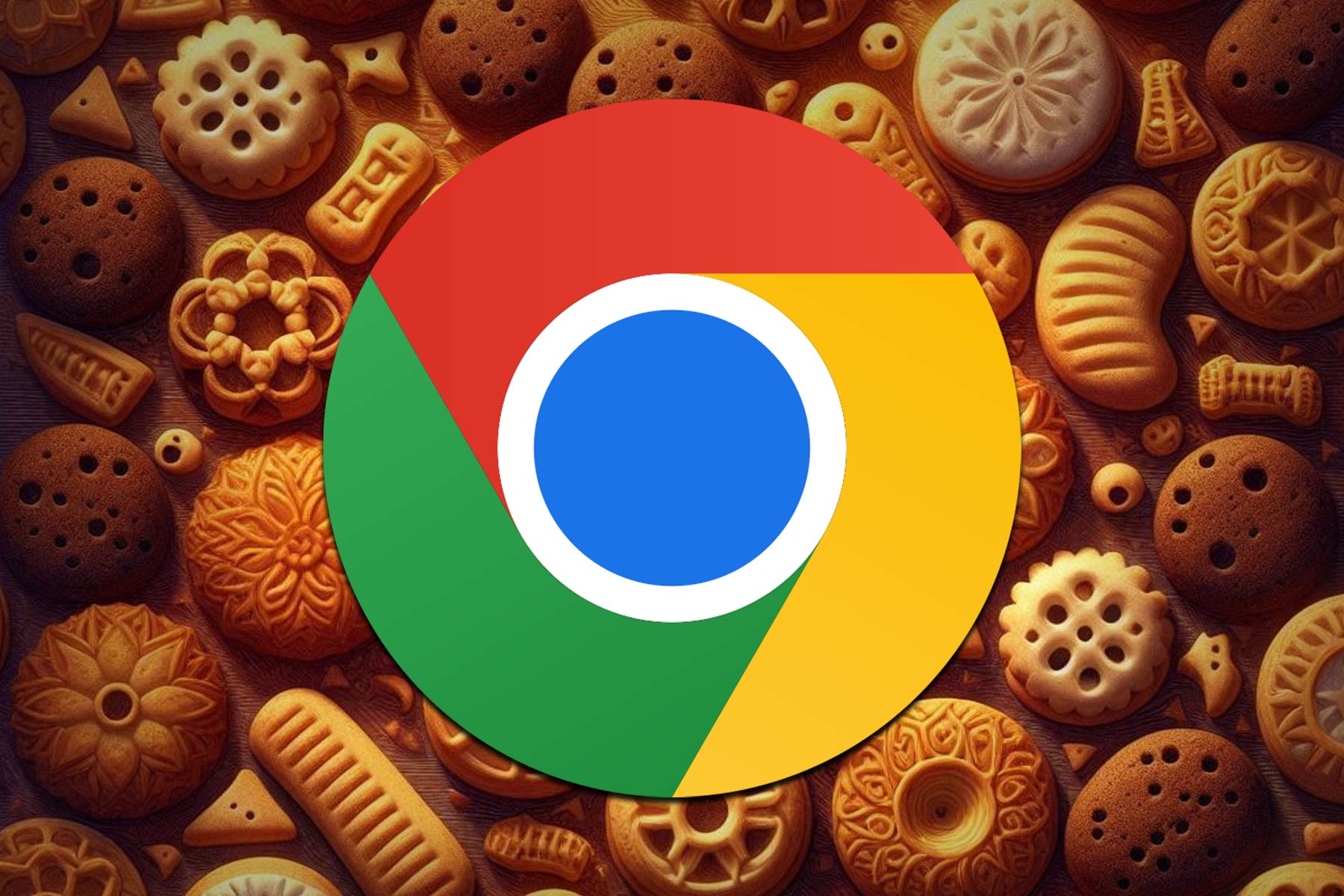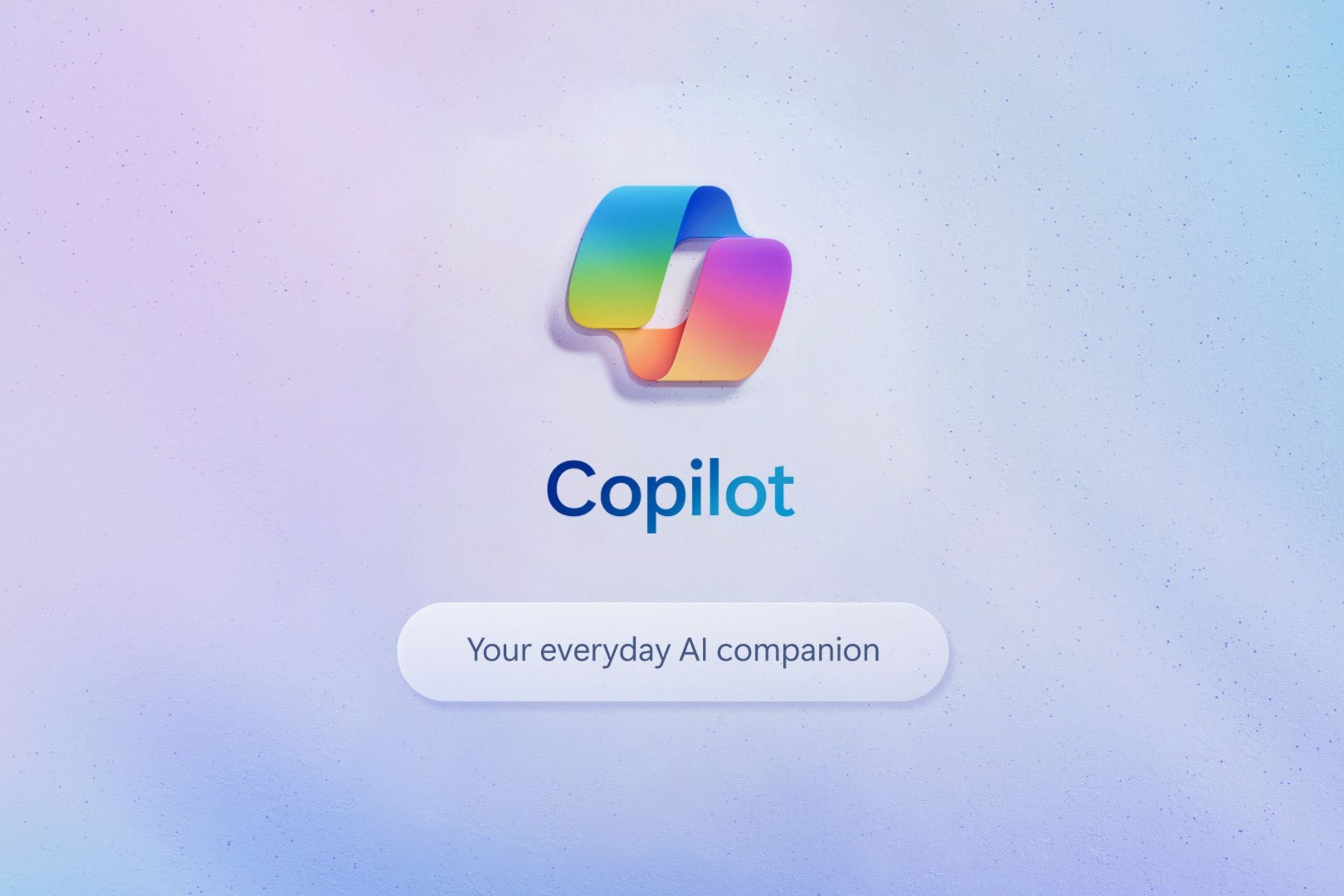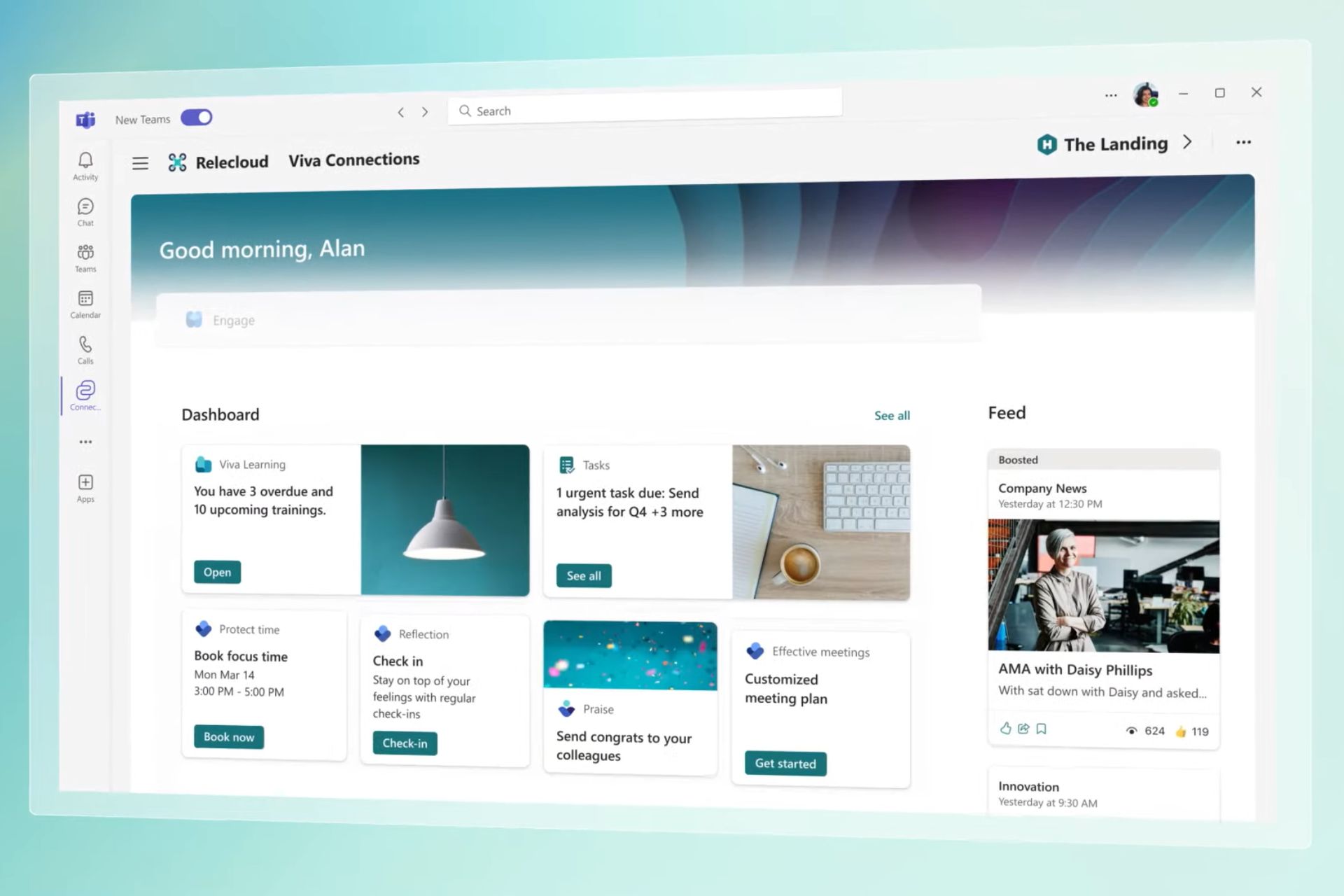PCs inadvertently miss updates if you don't stay connected - Microsoft warns
3 min. read
Published on
Read our disclosure page to find out how can you help Windows Report sustain the editorial team Read more
Key notes
- Microsoft has started telling its Windows users that they need to keep their computers connected to the internet for the entire installation period.
- If the PC isn't powered on and connected to the internet for long enough, then those updates are likely to fail.
- Updates are necessary for the device to function optimally and keep malware and any security threats at bay.
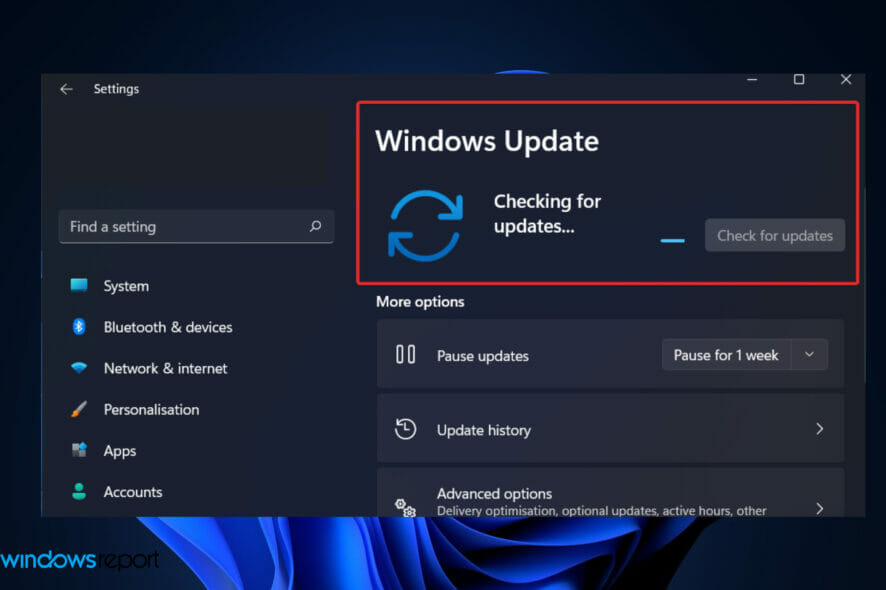
Most Windows devices have a Wi-Fi or Ethernet connection and will automatically connect to the internet if it’s available, but there are certain situations where you may not want them to do so.
For example, if you don’t want your machine connecting over a public Wi-Fi connection then you can turn off the Wi-Fi or Ethernet card from within Windows.
Microsoft has a few tips for users who want to ensure their PCs are up-to-date. First, regularly connect computers to the internet and ensure that they have been powered on for at least two hours for quality feature updates.
Just a few days ago, Microsoft revealed why PCs weren’t getting updates and now it seems inadequate connection time joins the list of reasons.
Not enough connectivity time
If you aren’t connected to the internet, your Windows computer may be missing out on important updates that could affect your security, privacy, and performance.
Microsoft says that it has found that devices that aren’t connected for long periods of time are “very unlikely” to successfully install any updates.
In a blog post, Microsoft’s program manager David Guyers said that devices failed to meet the recommended amount of connectivity time hence unsuccessful in the updates.
What we found is that devices that don’t meet a certain amount of connected time are very unlikely to successfully update. Specifically, data shows that devices need a minimum of two continuous connected hours, and six total connected hours after an update is released to reliably update. This allows for a successful download and background installations that are able to restart or resume once a device is active and connected.
50% of the devices do not meet minimum update connectivity
The company says data shows that more than 50% of devices that are not on a serviced build of Windows 10 do not meet the minimum update connectivity, and 25% of Windows 10 devices that are on a serviced build but have security updates that are more than 60 days out of date, have less than the minimum update connectivity.
Microsoft has been warning users to install Windows updates on the second Tuesday of each month, and it’s a good reminder that all users should have a solid patch management plan in place.
As organizations embrace the bring work-from-home revolution, they should be aware of a potential security hole: PCs that use Microsoft’s Intune device management service to keep them updated and patched may miss updates if they are not connected to the internet.
You can work to ensure that more devices across your organization meet the minimum Update Connectivity measurement by communicating with device owners, encouraging them to leave their devices plugged in and connected – instead of powering them off overnight – so that updates can download and install properly.
Intune users can create an alert for the Update Connectivity status of each device by navigating to Devices > Monitor in the console. From there, users select either the Feature update failures or Windows Expedited update failures report.
In the meantime, as we near the next Windows updates, refresh your mind on what to do to be prepared for the next Patch Tuesday.
Does your PC meet the minimum connectivity period for updates as recommended by Microsoft? Let us know in the comment section below.




